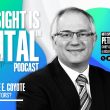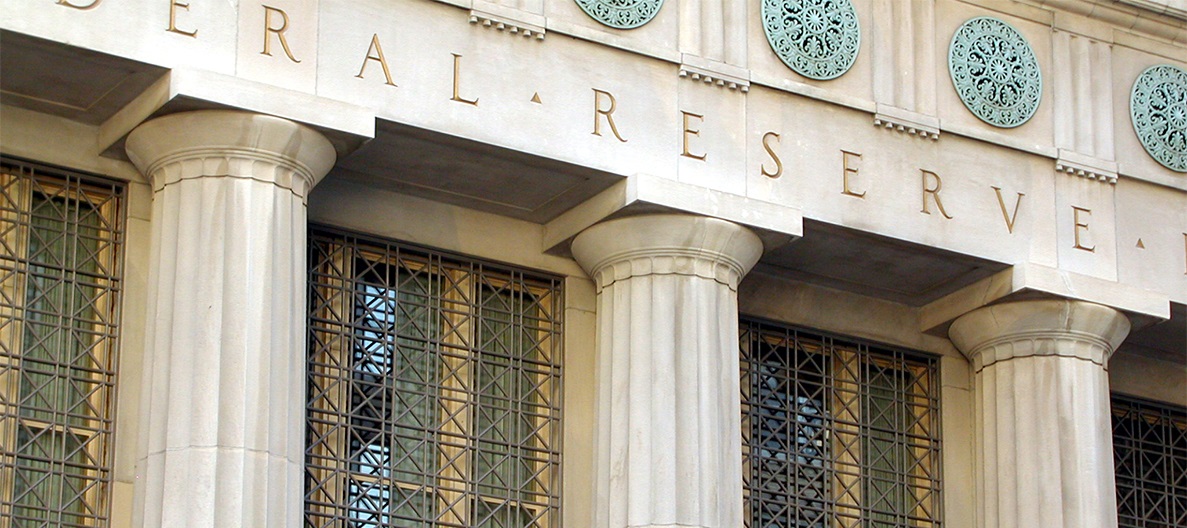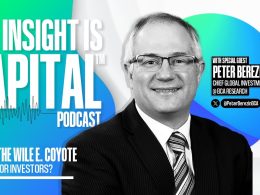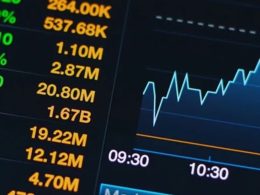Key Points
- The FOMC held rates steady and signaled they would likely remain in the current range through next year.
- The only key change to the accompanying statement was the removal of the word “uncertainties” regarding the economic outlook.
- Estimates for the fed funds rate within the “dots plot” were lowered for each of the next three years.
Much to no one’s surprise, the Federal Open Market Committee (FOMC) left the federal funds rate unchanged today in a target range of 1.5% - 1.75%; while signaling it would keep rates at their current level through 2020. The key statement: “The committee judges that the current stance of monetary policy is appropriate to support sustained expansion of economic activity, strong labor market conditions, and inflation near the committee’s symmetric 2% objective.”
It was the first unanimous vote since last May, with the FOMC’s statement noting it would continue to monitor economic data, “including global developments and muted inflation pressures.” The only possibly-perceived hawkish element to the statement was the removal of an earlier reference to “uncertainties” regarding the economic outlook.
The FOMC also released new quarterly forecasts, as follows:
- The median estimate for the fed funds rate is 1.6% at the end of 2019 and 2020, 1.9% in 2021 and 2.1% in 2022 (all are down from the September forecast).
- Thirteen officials expect rates to stay on hold next year; while four see a hike as appropriate.
- The unemployment rate is expected to be 3.5% by late 2020, the same as it is now; with the long-run unemployment rate seen at 4.1%, down from 4.2% in the September forecast.
- Economic growth is expected to be 2% in 2020 and 1.9% in 2021; both unchanged from the September forecast.
- The core personal consumption expenditures (PCE) measure of inflation is expected to be 1.6% in 2019 (down from the September forecast), 1.9% in 2020 and hit 2% by 2021 (both unchanged from the September forecast).
In the press conference immediately following the release of the FOMC statement, the highlights included:
Fed Chair Jerome Powell said that significant and persistent upward pressure in inflation would be needed before the committee would consider a rate hike.
- Powell expects the labor market to remain strong, but weak global growth and trade uncertainties are weighing on manufacturing.
- He believes the removal of China trade policy uncertainty would benefit the U.S. economy.
- Powell said that year-end pressure on money markets “appears manageable” but that the Fed will adjust the details of repurchase operations as appropriate.
Equities rallied in the immediate aftermath of the announcement; while the 10-year Treasury yield fell. In terms of expected short-term equity market momentum, since 1994 (according to Bespoke Investment Group) when there was no change in rates, the S&P 500 historically performed fairly well in the ensuing month with an average gain of +0.88%. That compares to an average decline of -0.48% following a hike in rates, and a decline of -1.08% in the month following rate cuts. That may ring odd to readers; but in essence, when the FOMC isn’t moving in either direction, it’s likely because the economy is in decent shape, without signs of over- or under-heating.














